Filter by
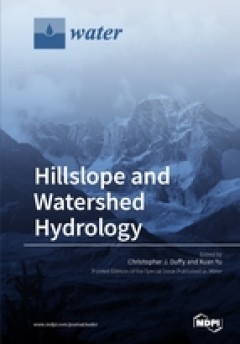
Hillslope and Watershed Hydrology
Watershed hydrology is driven by climate forcing, near ground surface characteristics, and human activities, addressing a wide spectrum of environmental and water resource problems regarding both scientific-driven questions and practical engineering issues. This book collates watershed problems and solutions from around the world covering diverse climate types. These cases show complex interact…
- Edition
- -
- ISBN/ISSN
- -
- Collation
- -
- Series Title
- -
- Call Number
- 628 HIL
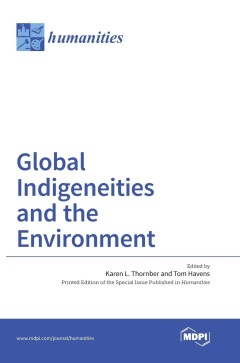
Global Indigeneities and the Environment
Global Indigeneities and the Environment—covering fields from American Indian Studies, anthropology, communications, ethnoecology, ethnomusicology, geography, global studies, history, and literature, the purpose of the Special Issue is to give new understandings of the concept of global indigeneities and to showcase some of the most promising work in the field to date.
- Edition
- -
- ISBN/ISSN
- 978-3-03842-241-9
- Collation
- -
- Series Title
- -
- Call Number
- 628 GLO

Management of Pulp and Paper Mill Waste
Pulp and paper mill industries are always associated with the disposal problem of highly contaminated sludge or bio-solids. The development of innovative systems to maximize recovery of useful materials and/or energy in a sustainable way has become necessary. The management of wastes, in particular of industrial waste, in an economically and environmentally acceptable manner is one of the…
- Edition
- -
- ISBN/ISSN
- 978-3-319-11788-1
- Collation
- -
- Series Title
- -
- Call Number
- -
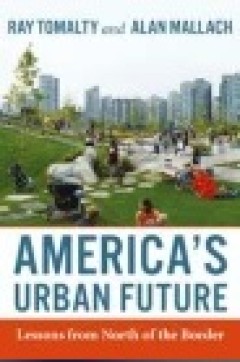
America's Urban Future: Lessons from North of the Border
In this book, urban experts Tomalty and Mallach show how Canada, a country similar to the US in many respects, has fostered healthier urban centers and more energy‑ and resource‑efficient suburban growth. They call for a rethinking of US public policies across those areas and look closely at what may be achievable at federal, state, and local levels in light of both the constraints and oppo…
- Edition
- Ed. 1
- ISBN/ISSN
- 978-1-61091-597-7
- Collation
- VIII, 300
- Series Title
- -
- Call Number
- 307.2 TOM a

Nature-Based Solutions to Climate Change Adaptation in Urban Areas : Linkages…
This book brings together research findings and experiences from science, policy and practice to highlight and debate the importance of nature-based solutions to climate change adaptation in urban areas. Emphasis is given to the potential of nature-based approaches to create multiple-benefits for society. The expert contributions present recommendations for creating synergies between ongoing po…
- Edition
- -
- ISBN/ISSN
- 978-3-319-56091-5
- Collation
- XI, 342 halaman
- Series Title
- Theory and Practice of Urban Sustainability Transitions
- Call Number
- 307 NAT
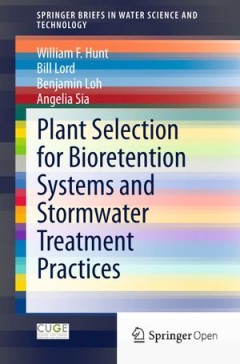
Plant Selection for Bioretention Systems and Stormwater Treatment Practices
As cities develop, more land is converted into impervious surfaces, which do not allow water to infiltrate. Careful urban planning is needed to ensure that the hydrologic cycle and water quality of the catchment areas are not affected. There are techniques that can attenuate peak flow during rain events and reduce the amount of metals, nutrients, and bacteria that enter the urban water cycle. T…
- Edition
- -
- ISBN/ISSN
- 978-981-287-245-6
- Collation
- VII, 59 halaman
- Series Title
- Springer Briefs in Water Science and Technology
- Call Number
- 551 HUN p
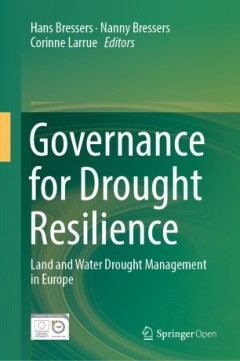
Governance for Drought Resilience : Land and Water Drought Management in Europe
This book presents the findings of a team of scientists and practitioners who have been working on the project “Benefits of Governance in Drought Adaptation” (in short: the DROP project), which is included in the European Union’s INTERREG IVB NWE programme. The DROP governance team developed a Governance Assessment Tool (GAT), which allows the governance setting of a given region for plan…
- Edition
- -
- ISBN/ISSN
- 978-3-319-29671-5
- Collation
- XVII, 256 halaman
- Series Title
- -
- Call Number
- 628 GOV

Sustainable Territorial Management
Human development has made remarkable social and economic progress possible for most of us but has also entailed a range of serious impacts on natural resources, local communities and the economy at multiple scales. Thus, achieving sustainable territorial management that combines healthy and prosperous societies with the long-term maintenance of biodiversity and productive ecosystem services re…
- Edition
- -
- ISBN/ISSN
- 978-3-03897-213-6
- Collation
- -
- Series Title
- -
- Call Number
- 307 SUS
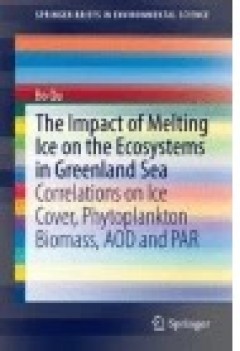
The Impact of Melting Ice on the Ecosystems in Greenland Sea
Arctic marine ecosystems are largely impacted by changes associated with global warming. The sea ice in Greenland Sea plays an important role in regional and global climate system. The book investigate the relationships between phytoplankton biomass, measured using remotely sensed chlorophyll-a (CHL), aerosol optical depth (AOD) and sea-ice cover (ICE) in the Greenland Sea (20°W-10°E, 65-85°…
- Edition
- -
- ISBN/ISSN
- 978-3-642-54498-9
- Collation
- X, 86
- Series Title
- SpringerBriefs in Environmental Science
- Call Number
- -
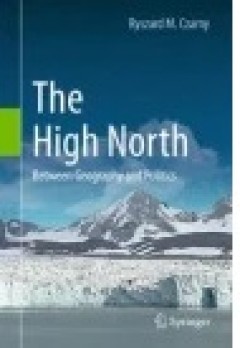
The High North
This book deals with the transformation of the Arctic from an isolated or a distant region to a member of the global community, vulnerable to global changes, and an area frequently in the very center of the world’s attention. Increased global interest is a potential source of tensions between the need for exploration or exploitation, and the requirements of protection. This context calls for …
- Edition
- -
- ISBN/ISSN
- 978-3-319-21662-1
- Collation
- XVIII, 244
- Series Title
- -
- Call Number
- -
 Computer Science, Information & General Works
Computer Science, Information & General Works  Philosophy & Psychology
Philosophy & Psychology  Religion
Religion  Social Sciences
Social Sciences  Language
Language  Pure Science
Pure Science  Applied Sciences
Applied Sciences  Art & Recreation
Art & Recreation  Literature
Literature  History & Geography
History & Geography